Hello stackers!
Ive made a library databse, i was wondering.. i am making one-to-one relation between Copies and Loans. and one-to-many relation from Users to Loans.
Since a copy of a book only should be allowed to be assigned one loan at a time, and a loan should only be able to containt one copy of a book. if they rent other books, its multiple loans.
and a user should be able to make multiple loans, but a loan can only be assigned one specific user.
is my current relations between these three tables correct? if not, i would love to know how to fix it, and the reason to my failed logic on the issue.
thank you in advance!
